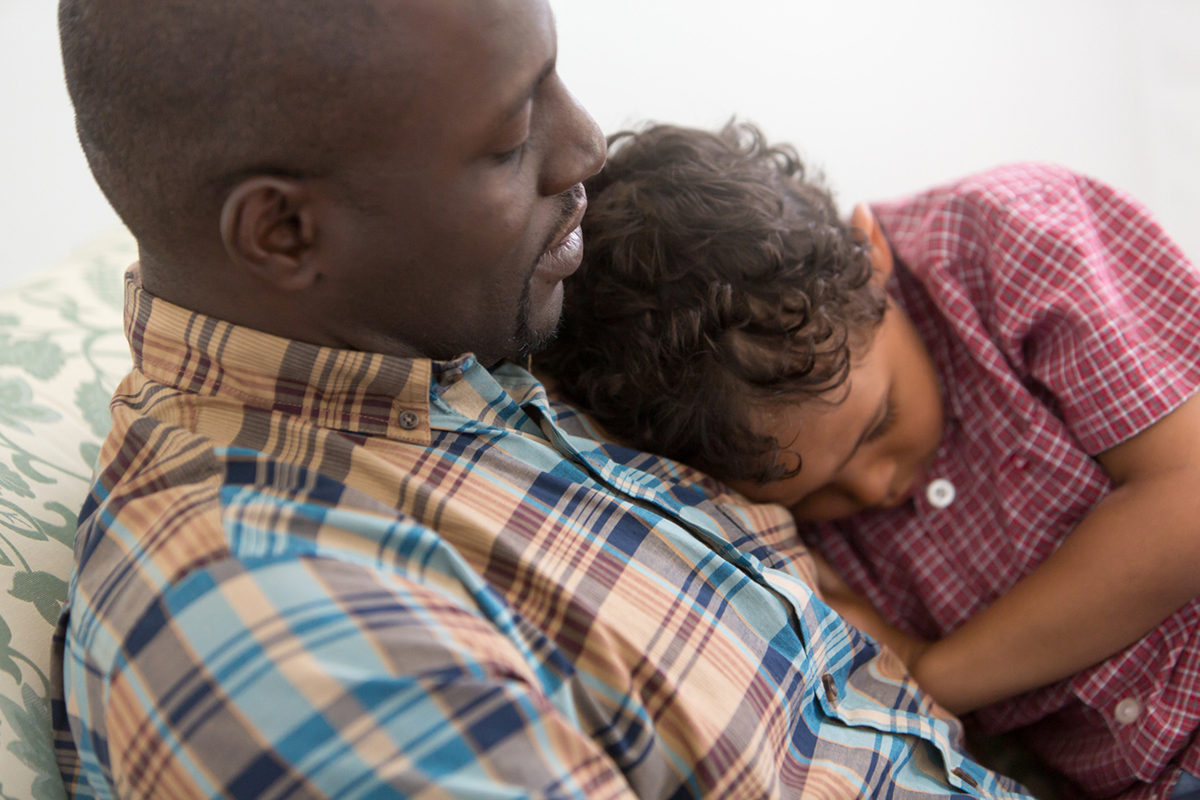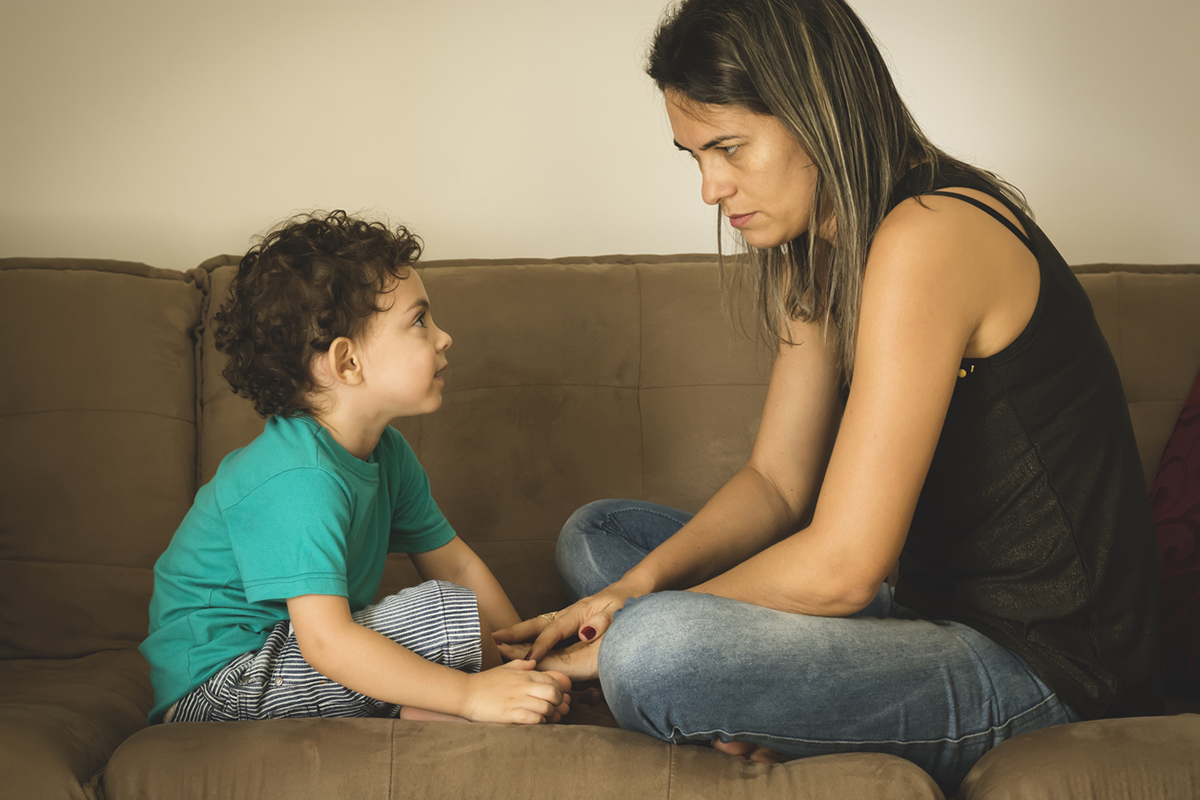If watching the news feels like a gut punch for adults, what does the news do to kids? Try as we might to shield our kids from difficult topics like anti-semitism, violence, or scary situations, they are still exposed through conversations with friends and images they might encounter through media or social media, or on the cover of the newspapers and magazines they see in the grocery store check-out line. Right now, your kids may have questions about immigration and the events at the US-Mexico border.

While we as parents may be struggling to even wrap our own heads around some of the issues of the day, we can at least address our kids’ questions in age-appropriate and open ways. Fostering discussion with children, no matter how difficult the topic, helps us teach them that it’s ok to ask questions, they should always feel comfortable coming to us with difficult or complex issues, and it’s all right not to have all of the answers. The resources linked below are meant as a starting point to help parents broach this topic.
Talking to Your Kids

So what do you say to your kids, and how?
Kindergarten
At ages 4-5, kids are in a place where they worry about how things will affect them as individuals. For kids in this age group, seeing clips on the news, or hearing adults talk about current events, may lead to a very real and natural fear that they may also be separated from their parents. At this age, children don’t need deep specifics about what they’re hearing or seeing, but they will need reassurance. An NPR segment called “How to Talk to Children About Terrible Things” advises parents that children in this age group may act out their fears or anxieties through drawing or while playing pretend--keep tabs on what you're kids are saying or creating while they play and reassure them that they're safe and with you.
Elementary School (ages 6 and up)
Picture books are a powerful tool to kickstart a conversation with this age group. Children won’t necessarily understand the ins and outs of policy in play at the border, but they will understand basic concepts about immigration and how immigration plays a role in their own family story. Explain to children that almost everyone who lives in the US today has immigration as part of their family story. Read a book together or talk through your own family history, encouraging children to use their imagination to picture why their relatives came to the US, what they may have felt upon leaving, and what their hopes or dreams may have been.
Tweens (ages 10 and up)
Foster open discussions with children in this age group. Encourage them to do research with you or on their own, and to debate and ask questions. With tweens there can be a general discomfort from educators or parents about the child’s ability to handle topics that are considered difficult. But kids at this age are learning to question and seek answers out on their own. Common Sense Media recommends that parents find out what children already know, create open space for discussion, provide context, and address their curiosity openly with age-appropriate vocabulary.
Speaking to Time.com, William Perez, professor of education at Claremont Graduate University, says: “Kids can wrestle with more complex issues, so parents can encourage them to broaden their horizons, by reading narratives from families of different backgrounds about their immigration experiences.”
MORE
Book Lists
Jewish Children’s Books About Immigration
A New Land, A New Life: Mighty Girl Books About the Immigrant Experience via A Mighty Girl
Parenting Articles
Talking About Tough Topics via PBS Parents
How to Talk to Your Kids About Immigration via Time
How To Talk To Your Kids About Immigration & Family Separation That's Happening At The Border via Romper
We will continue to update this post, so please do not hesitate to send us suggestions via our Facebook page.
June 27, 2018